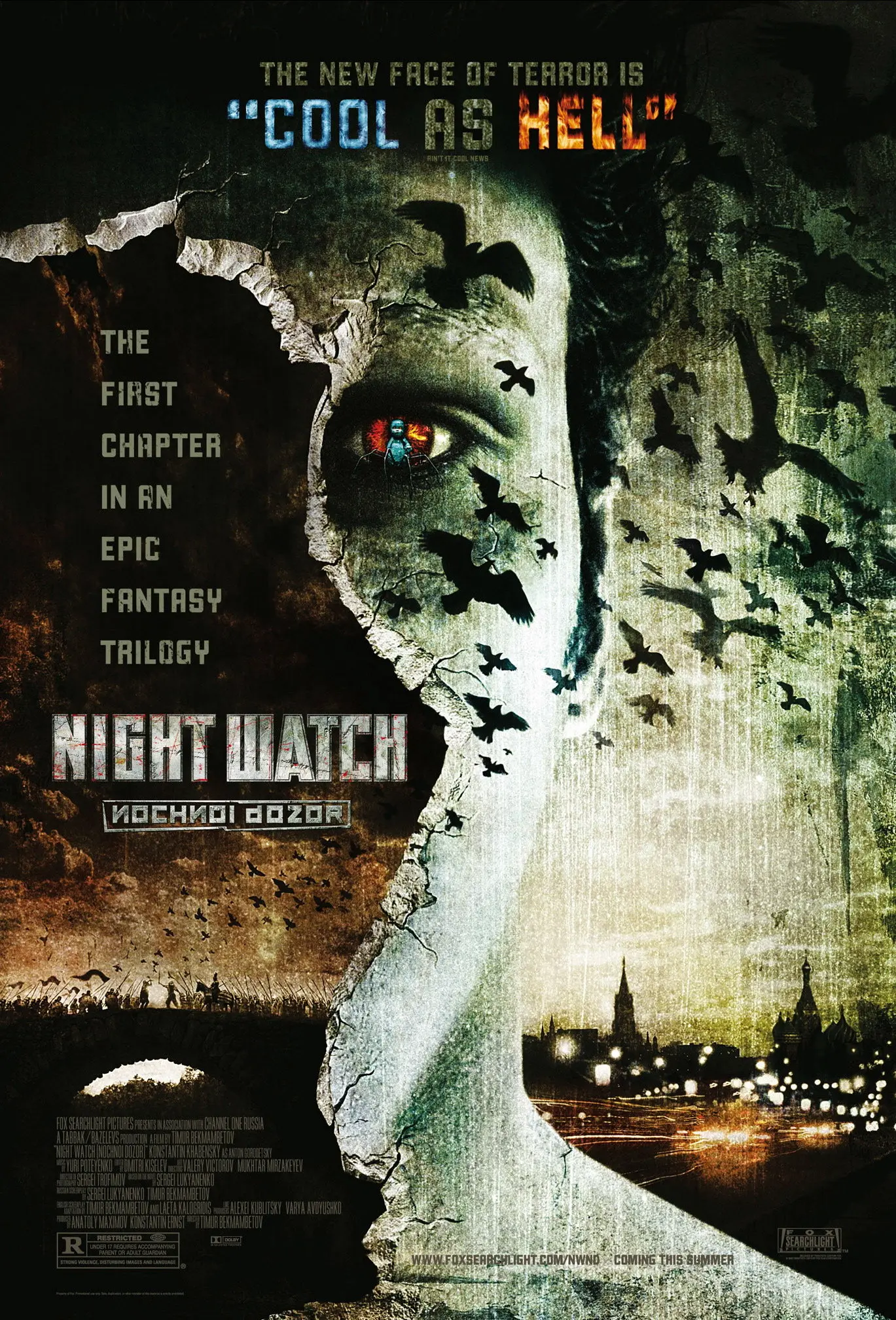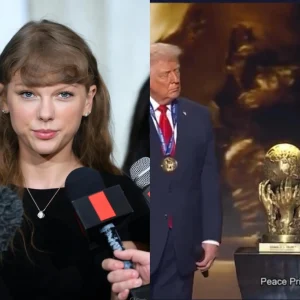Night Watch (Nochnoy Dozor), directed by Timur Bekmambetov and released in 2004, stands as one of Russia’s most iconic entries into the fantasy genre. Based on Sergei Lukyanenko’s popular novel of the same name, the film is the first installment in the Watch series and is set in a world where supernatural forces clash in an eternal battle between good and evil. With its unique blend of action, fantasy, and philosophy, Night Watch has captivated global audiences and marked a turning point for Russian cinema.

A Dark Fantasy Setting
At the heart of Night Watch lies a conflict between two factions: the Light and the Dark. These opposing forces are composed of powerful individuals known as “Others,” beings with extraordinary abilities. The Light Others, led by the Night Watch, fight to maintain order, while the Dark Others, under the control of the Day Watch, are determined to bring chaos. This clash between the forces of good and evil creates a dynamic tension that drives the narrative, as the film explores the balance of power and the grey areas between right and wrong.
The world-building in Night Watch is one of the film’s most impressive achievements. Set in modern-day Moscow, the film subtly blends the real world with a hidden realm of magic, where supernatural beings live among ordinary people. The urban setting is presented in a way that feels familiar, yet it is charged with an eerie undercurrent of mysticism. The film’s dark, atmospheric cinematography helps reinforce this sense of a hidden world operating alongside our own, while also highlighting the tension between the visible and invisible forces that shape the city.
Visual Style and Cinematic Innovation
What sets Night Watch apart from other fantasy films is its innovative visual style. The film features a unique use of special effects, incorporating digital techniques to create an almost dreamlike, surreal quality. From the glowing eyes of the Others to the stunning depiction of supernatural events, the visual effects are both stylish and integral to the narrative. The film’s aesthetic draws heavily on the themes of light and darkness, with contrasting visuals that emphasize the duality between the forces of good and evil.
The film’s striking use of color is another notable aspect. Much of the film is shot with a muted, sepia-toned palette, giving it a grim, almost apocalyptic feel. At the same time, bursts of neon and flashes of vibrant color are used to highlight the magical and otherworldly elements. This contrast adds depth to the story, giving viewers a visual representation of the moral ambiguity at the film’s core.
Characters and Themes
At the center of Night Watch is Anton Gorodetsky, a man who is caught between the Light and the Dark. Anton becomes involved with the Night Watch after making a pact with a Dark Other to save his son, a decision that sets off a chain of events that challenges his beliefs and values. Anton’s journey is one of self-discovery, as he struggles to understand his place in the battle between good and evil.
The film delves deeply into themes of fate, choice, and moral responsibility. The Others are not simply good or evil, but individuals struggling with their own decisions and actions. This moral complexity sets Night Watch apart from more traditional fantasy films, which often depict clear-cut battles between good and evil. Instead, Night Watch explores the idea that actions are not always black and white, and that individuals must navigate a world filled with shades of grey.
A Global Phenomenon
Upon its release, Night Watch was met with both critical acclaim and commercial success, becoming a cultural phenomenon in Russia and beyond. Its bold, original approach to storytelling and its blend of fantasy and reality resonated with audiences, and it has since become a cult classic. The film’s success spawned two sequels, Day Watch (2006) and Final Watch (2009), further expanding the universe and continuing the saga of the eternal struggle between light and darkness.
In addition to its commercial success, Night Watch also introduced a new era for Russian cinema, showcasing the country’s growing ability to produce high-quality, internationally appealing films. It helped pave the way for more Russian films to reach global audiences, and its influence can be seen in the increasing popularity of Russian sci-fi and fantasy films in the years since.
Conclusion
Night Watch is more than just a fantasy film; it is a groundbreaking cinematic experience that blends action, supernatural elements, and complex themes of morality and choice. Through its captivating visual style, compelling characters, and exploration of light versus dark, it offers a thought-provoking commentary on the human condition. As a result, Night Watch remains a standout film in the fantasy genre, not only in Russia but also on the global stage.





